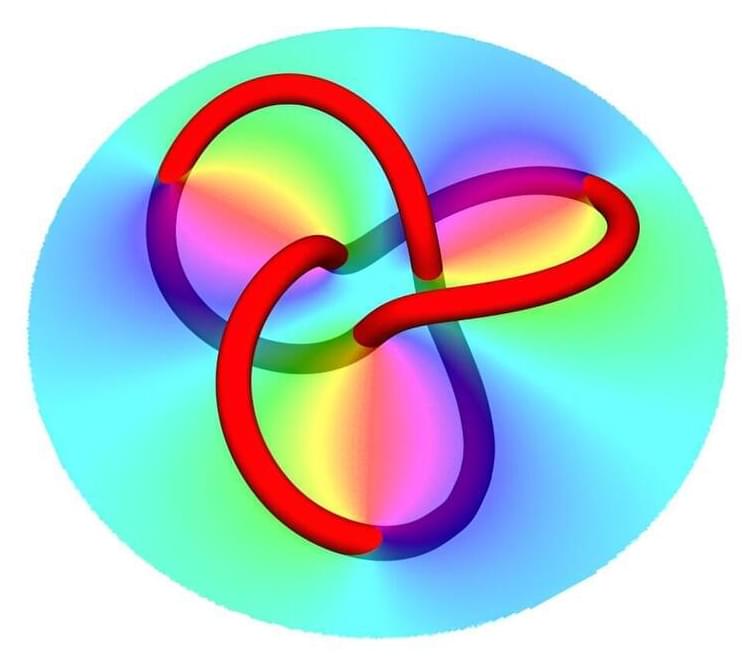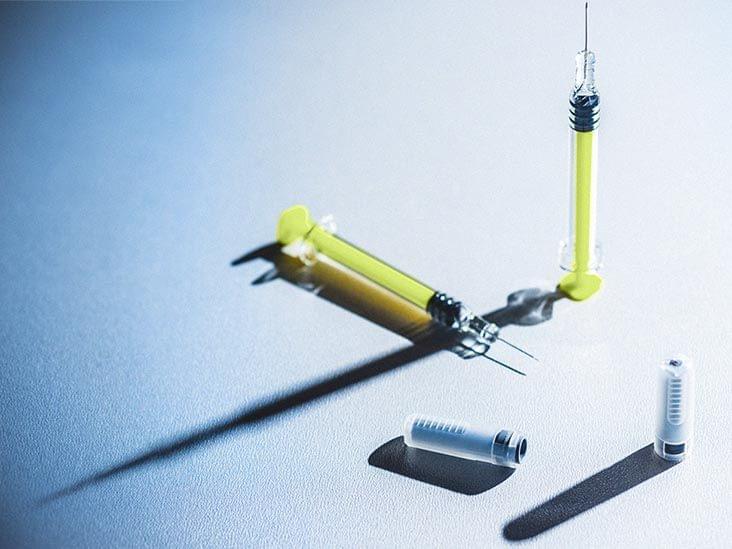Four times now, researchers have produced a fleeting burst of fusion energy, an encouraging sign for making this zero-carbon energy source a reality.



Scientists at the Max Planck Institute have developed a synthetic pathway that can capture CO2 from the air more efficiently than in nature, and shown how to implement it into living bacteria. The technique could help make biofuels and other products in a sustainable way.
Plants are famous for their ability to convert carbon dioxide from the air into chemical energy to fuel their growth. With way too much CO2 in the atmosphere already and more being blasted out every day, it’s no wonder scientists are turning to this natural process to help rein levels back in, while producing fuels and other useful molecules on the side.
In the new study, Max Planck scientists developed a brand new CO2-fixation pathway that works even better than nature’s own tried-and-true method. They call it the THETA cycle, and it uses 17 different biocatalysts to produce a molecule called acetyl-CoA, which is a key building block in a range of biofuels, materials and pharmaceuticals.



A quarter century ago, physicist Juan Maldacena proposed the AdS/CFT correspondence, an intriguing holographic connection between gravity in a three-dimensional universe and quantum physics on the universe’s two-dimensional boundary. This correspondence is at this stage, even a quarter century after Maldacena’s discovery, just a conjecture.
A statement about the nature of the universe that seems to be true, but one that has not yet been proven to actually reflect the reality that we live in. And what’s more, it only has limited utility and application to the real universe.
Still, even the mere appearance of the correspondence is more than suggestive. It’s telling that there is something deeply fundamental to the hologram, that the physics of the volume of the universe might just translate to the physics on the surface, and that there is more to be learned there.

With more of us looking for alternatives to eating animals, new research has found a surprising environmentally friendly source of protein – algae.
The University of Exeter study has been published in The Journal of Nutrition and is the first of its kind to demonstrate that the ingestion of two of the most commercially available algal species are rich in protein which supports muscle remodeling in young healthy adults. Their findings suggest that algae may be an interesting and sustainable alternative to animal-derived protein with respect to maintaining and building muscle.
Researcher Ino Van Der Heijden from the University of Exeter said: “Our work has shown algae could become part of a secure and sustainable food future. With more and more people trying to eat less meat because of ethical and environmental reasons, there is growing interest in nonanimal-derived and sustainably produced protein. We believe it’s important and necessary to start looking into these alternatives and we’ve identified algae as a promising novel protein source.”

Researchers at the Georgia Institute of Technology have created the world’s first functional semiconductor made from graphene, a single sheet of carbon atoms held together by the strongest bonds known. Semiconductors, which are materials that conduct electricity under specific conditions, are foundational components of electronic devices. The team’s breakthrough throws open the door to a new way of doing electronics.
Their discovery comes at a time when silicon, the material from which nearly all modern electronics are made, is reaching its limit in the face of increasingly faster computing and smaller electronic devices.
Walter de Heer, Regents’ Professor of physics at Georgia Tech, led a team of researchers based in Atlanta, Georgia, and Tianjin, China, to produce a graphene semiconductor that is compatible with conventional microelectronics processing methods—a necessity for any viable alternative to silicon.
This track by multi-instrumentalist and vocalist, Prof Steve Nichols, is inspired by Utterance 437 from the Old Kingdom Egyptian Pyramid Texts.\
